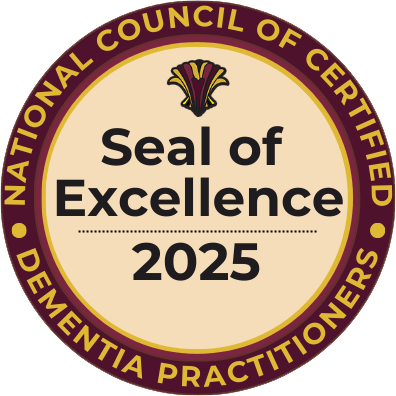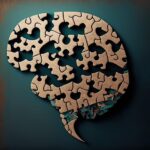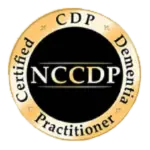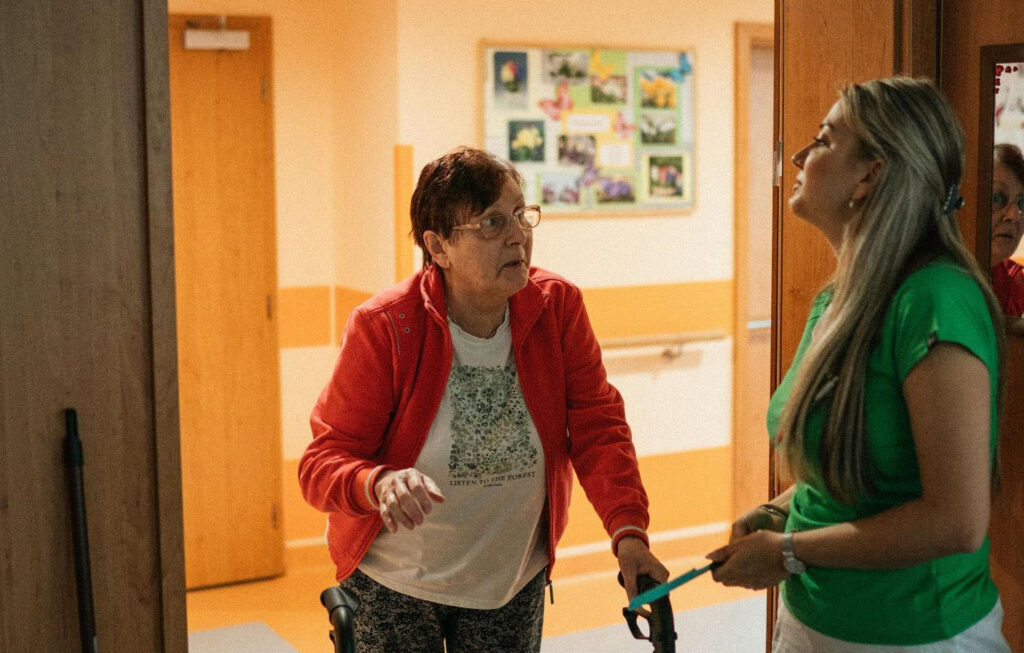Delirium and dementia are two prevalent conditions among older adults, often coexisting and exacerbating each other. Delirium, characterized by an acute onset of confusion, inattention, and fluctuating levels of consciousness, can significantly complicate the management of dementia. Understanding the relationship between these conditions, identifying risk factors, and implementing effective prevention and management strategies are essential for improving outcomes in this vulnerable population.
The Relationship Between Delirium and Dementia
Dementia, a chronic and progressive cognitive decline, increases the susceptibility to delirium. Studies indicate that older adults with dementia are three to five times more likely to develop delirium compared to those without cognitive impairment. The presence of dementia complicates the recognition of delirium, as baseline cognitive deficits can mask the acute changes characteristic of delirium.
Prevalence and Impact
The prevalence of delirium in older adults with dementia is alarmingly high. A study published in the Journal of the American Medical Association (JAMA) reported that up to 89% of older adults with dementia admitted to hospitals experience delirium during their stay. This intersection leads to prolonged hospital stays, increased mortality, accelerated cognitive decline, and a higher likelihood of institutionalization.
Risk Factors
Several risk factors contribute to the high incidence of delirium in older adults with dementia:
- Medical comorbidities: Conditions such as infections, dehydration, and metabolic imbalances are common triggers.
- Polypharmacy: The use of multiple medications increases the risk of adverse drug interactions and delirium.
- Environmental factors: Hospitalization, intensive care unit stays, and changes in the living environment can precipitate delirium.
- Sensory impairments: Visual and hearing impairments exacerbate the confusion and disorientation characteristic of delirium.
Pathophysiology
The exact mechanisms underlying the interaction between delirium and dementia are complex and multifactorial. Delirium is thought to result from a combination of neuroinflammation, neurotransmitter imbalances, and disruption of neural networks. In individuals with dementia, pre-existing brain pathology, such as amyloid plaques and neurofibrillary tangles, further predispose them to delirium.
Diagnosis
Diagnosing delirium in patients with dementia is challenging due to overlapping symptoms. Tools like the Confusion Assessment Method (CAM) and the Delirium Rating Scale (DRS) are adapted to differentiate delirium from the baseline cognitive impairment of dementia. A study in Neurology emphasized the importance of using these structured diagnostic tools to improve accuracy and early detection.
Prevention
Preventing delirium in older adults with dementia involves proactive and multifaceted approaches:
- Early identification and management of risk factors: Regularly monitoring and managing medical comorbidities, ensuring hydration, and optimizing medication regimens.
- Environmental modifications: Creating a familiar and supportive environment, minimizing changes in routine, and ensuring adequate lighting and noise control.
- Sensory aids: Providing appropriate visual and hearing aids to reduce sensory deficits.
- Cognitive stimulation: Engaging patients in cognitive activities and orientation exercises to maintain mental function.
A randomized controlled trial published in The Lancet demonstrated that a multicomponent intervention program, including orientation, mobility, hydration, and sleep protocols, significantly reduced the incidence of delirium in hospitalized patients with dementia.
Management
Managing delirium in patients with dementia requires a comprehensive and patient-centered approach:
- Treat underlying causes: Promptly identify and address the medical triggers of delirium, such as infections or metabolic imbalances.
- Supportive care: Ensure patient safety, provide reassurance, and maintain a calm and structured environment.
- Minimize the use of psychoactive medications: Use medications judiciously and only when necessary, as they can worsen delirium and have adverse effects.
- Non-pharmacological interventions: Employ strategies such as reorientation techniques, cognitive stimulation, and maintaining regular sleep-wake cycles.
A systematic review in the Cochrane Database of Systematic Reviews highlighted the effectiveness of non-pharmacological interventions in managing delirium and improving outcomes in patients with dementia.
Delirium and dementia frequently coexist in older adults, creating a complex and challenging clinical scenario. By understanding the interplay between these conditions, healthcare providers can implement targeted prevention and management strategies to mitigate the impact of delirium on dementia patients. Early identification, comprehensive care, and the use of non-pharmacological interventions are key to improving the quality of life and outcomes for this vulnerable population.
References:
- Fong, T. G., Tulebaev, S. R., & Inouye, S. K. (2009). Delirium in elderly adults: diagnosis, prevention and treatment. Nature Reviews Neurology, 5(4), 210-220.
- Witlox, J., Eurelings, L. S., de Jonghe, J. F., Kalisvaart, K. J., Eikelenboom, P., & van Gool, W. A. (2010). Delirium in elderly patients and the risk of postdischarge mortality, institutionalization, and dementia: a meta-analysis. JAMA, 304(4), 443-451.
- Inouye, S. K., et al. (2006). A multicomponent intervention to prevent delirium in hospitalized older patients. New England Journal of Medicine, 340(9), 669-676.
- Siddiqi, N., et al. (2016). Interventions for preventing delirium in hospitalized non-ICU patients. Cochrane Database of Systematic Reviews, (11).
- Inouye, S. K., et al. (1990). Clarifying confusion: the confusion assessment method. A new method for detection of delirium. Annals of Internal Medicine, 113(12), 941-948.
























